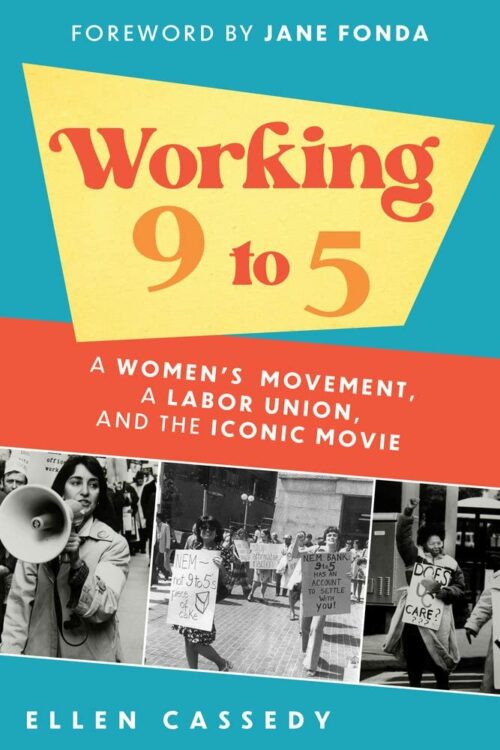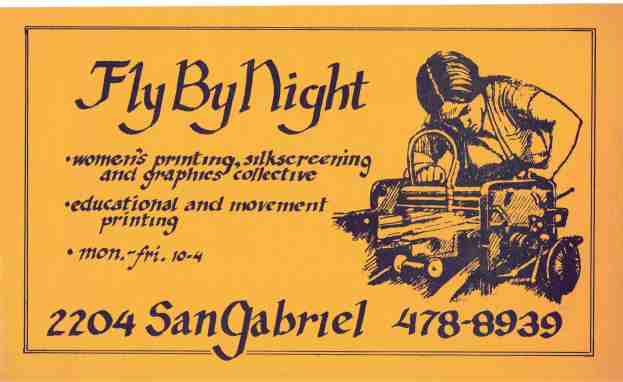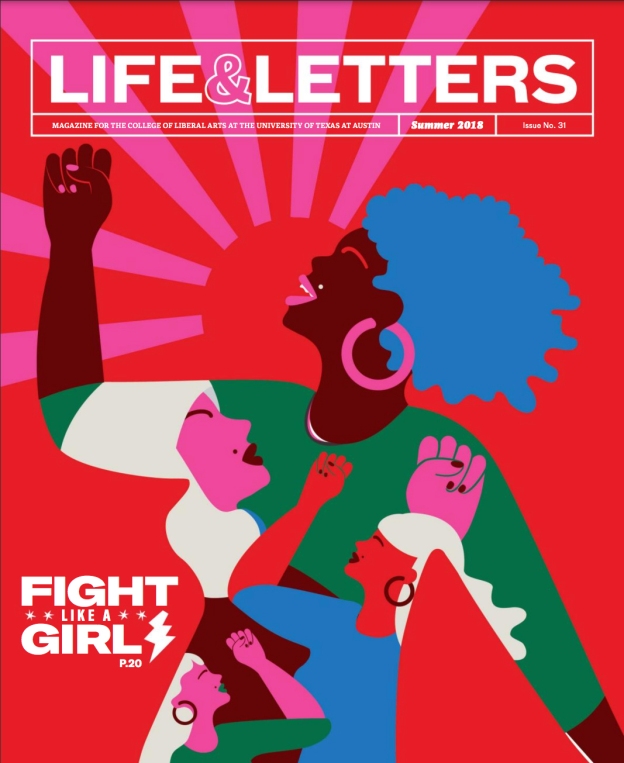This post appeared in The Rag Blog, September 26, 2022
By Alice Embree
Well, I tumble outta bed and stumble to the kitchen
‘9 to 5‘ lyrics by Dolly Parton
Pour myself a cup of ambition
I expected Ellen Cassedy’s book, Working 9 to 5: A Women’s Movement, A Labor Union, and the Iconic Movie, to be a lively history of clerical workers mobilizing. I knew that the 9 to 5 organization she helped organize inspired the movie 9 to 5, with the hilarious combo of Jane Fonda, Lily Tomlin, and Dolly Parton cast as disgruntled office workers. The lively beat of Dolly Parton’s title song became an anthem for women workers scrambling out of bed in the 80s.
What surprised me about this book is that it is an organizer’s manual for organizing. The book tells the story of an enormously effective group of women who intended to transform the world of working women and did.
In 1973, the Boston 9 to 5 group scraped together funds to send Ellen Cassedy, the author, to an organizing school run by the Midwest Academy in Chicago.
Cassedy eagerly shared the skills she learned with her Boston compatriots as they worked out of a small office in Boston’s “Y.” They kept records of contacts, they used a simple order (pie and coffee) for lunch meetings with prospective members, and they made sure their meetings resulted in action steps. They’d compare notes after every major event. They asked a lot of each other and became an extraordinary team.
The 9 to 5 group in Boston used daring theatrical tactics and dogged leafleting. With their fingers freezing, they passed out thousands of fliers at Boston transit stops. When they began in the early 70s, “sexual harassment” wasn’t a term; employment ads in newspapers were divided by gender, often as “Men and Girls;” there were no policies for maternity leave; employers refused to post jobs internally, preventing women from knowing they could apply; and there weren’t career ladders for clerical workers who often trained the men who took the supervisory jobs.
9 to 5 went outside the box in organizing, enlisting community support, adopting strategies such as family-friendly lunch-hour meetings, embarrassing employers with “Bad Boss” awards, observing Secretaries Day with rallies that featured oversized typewriters and coffee cups and demands for raises, not just roses. They used corporate research to target companies. They showed up at a tennis tournament sponsored by a bank with picket signs shaped like tennis rackets demanding, “Even the Score for Working Women!” They used the help of government agencies that investigated discrimination and illegal collusion in the setting of wages. They worked with the Massachusetts Attorney General’s office to win back pay for clerical workers.
They just use your mind and they never give you credit
‘9 to 5‘ lyrics by Dolly Parton
It’s enough to drive you crazy if you let it
When they began, women’s work was underpaid, as it still is, and clerical workers had to battle the prejudice that they were working for “pin money,” whiling away time before pregnancy and childrearing began. Even labor unions didn’t see women office workers as a sector that could be organized.
9 to 5 wasn’t a union when they began, but they became a union. As they sought out organized labor, they connected with the Service Employees International Union (SEIU) to create Local 925 and later District 925 that allowed them to use their proven tactics within the labor movement. They were intentional with their outreach, prioritizing cities where the workforce was racially diverse. Their work in Cleveland, Baltimore, Milwaukee, and Atlanta ensured an interracial movement. By the 1980s, they had organizations in 45 states and offices in 14 major cities, and 50 paid organizers.
Then Ronald Reagan became president. His first act was firing 11,000 air-traffic controllers who were on strike. Throughout the 80s, there was anti-labor pushback, emboldened union busting by corporations, a National Labor Relations Board that was unresponsive, and backlogs at federal agencies that ensured a dead-end for many discrimination complaints. Frequently, unions found that they could win a union election, but not get a contract.
It’s a rich man’s game no matter what they call it
‘9 to 5‘ lyrics by Dolly Parton
And you spend your life putting money in his pocket
The book also tells the story of getting on to the big screen in 1980. Jane Fonda wrote an introduction to Cassedy’s book and the author uses an entire chapter to describe the origin and development of the film that used 9 to 5 organizers as consultants. Cassedy explains that Jane Fonda did not want a preachy plot and the comedy format wasn’t initially embraced by 9 to 5 organizers. It was, however, inspired by them when a writer asked if they ever fantasized killing their boss. The movie put office workers onto the big screen for the first time in central roles. It was a huge box office success, grossing over $100 million.
Cassedy’s book is a lively history lesson for organizers. True to form, she looks to the future with her insights and draws parallels between 9 to 5’s work of mobilizing community stakeholders, not just taking on a workplace. The Fight for $15 is an example she gives of an effort that relies on both labor and community pressure to demand increases in the minimum wage.
She looks back on the legacy of 9 to 5’s work and celebrates the continued organizing of clerical workers by other labor unions, not just SEIU, recognizing efforts of the Teamsters, the Communications Workers of America, and the American Federation of Teachers, among others.
Ever the organizer, Cassedy has gathered the group’s advice and I will end with my favorites:
- Have fun. Be creative.
- Approach the problem as systemic, not individual.
- Collective actions and solutions are key.
- Remember that the goal is power building.
- Focus on lifting the floor, not the ceiling.
- Take care of each other.
Note: Ellen Cassedy is the coauthor, with Karen Nussbaum, of 9 to 5: The Working Women’s Guide to Office Survival and she coauthored The 9 to 5 Guide to Combating Sexual Harassment with Ellen Bravo.
Alice Embree is the author of the memoir Voice Lessons. Alice’s book was the 2021 co-winner of the Liz Carpenter Award given by the Texas State Historical Association for Best Book on the History of Texas Women and has been selected for the 2022 Texas Book Festival.










